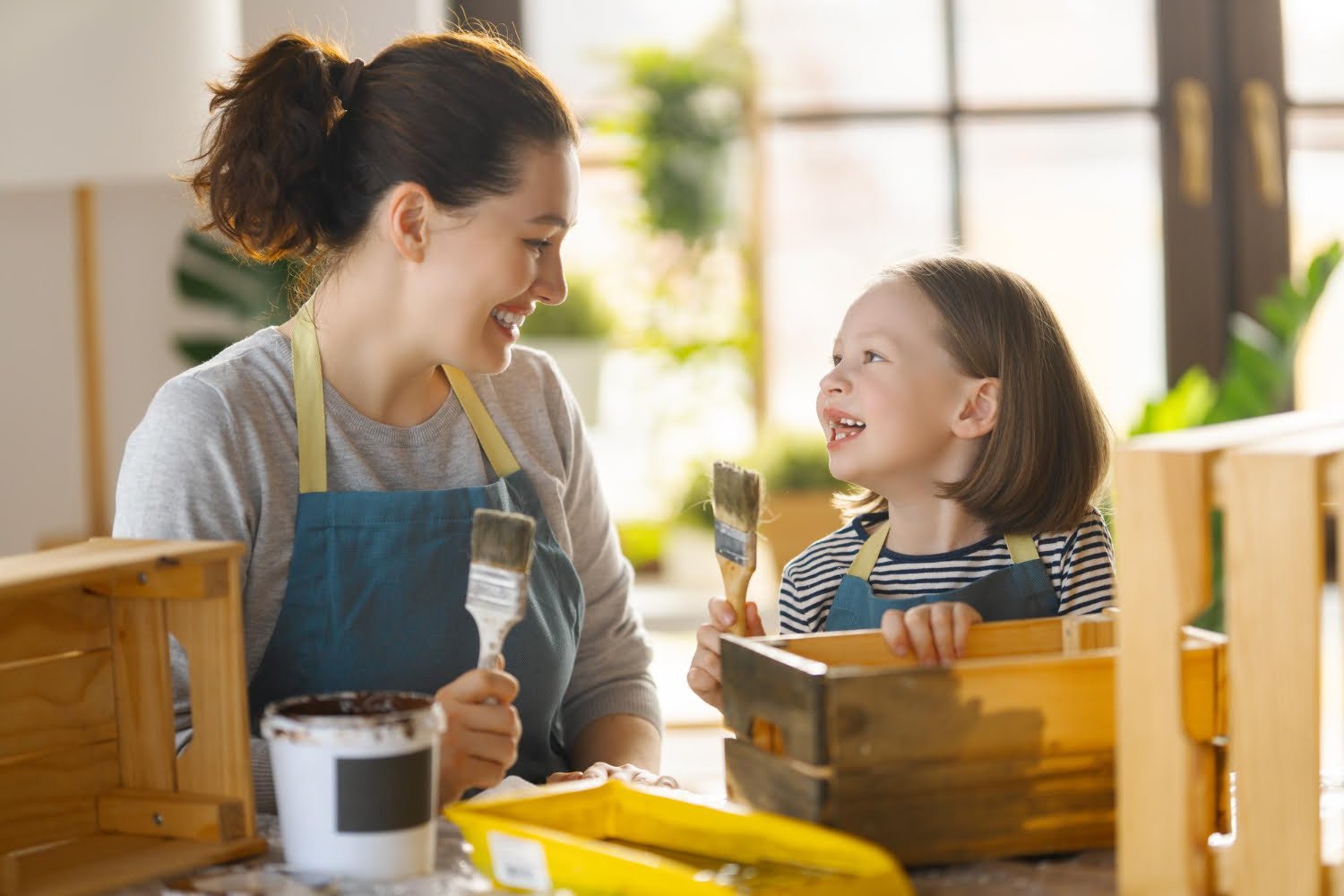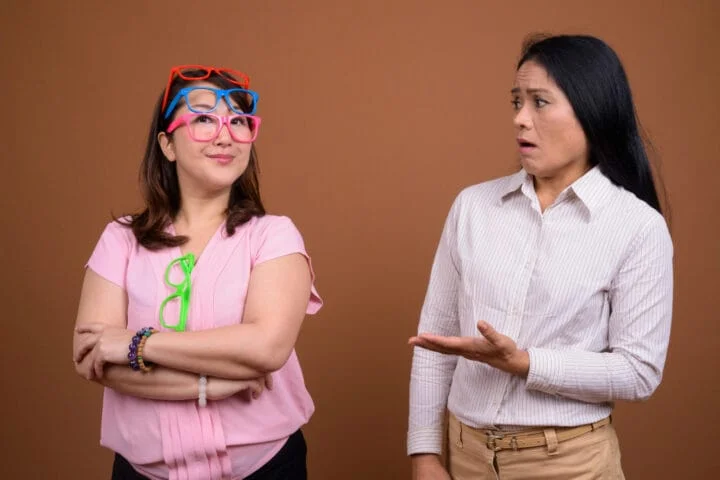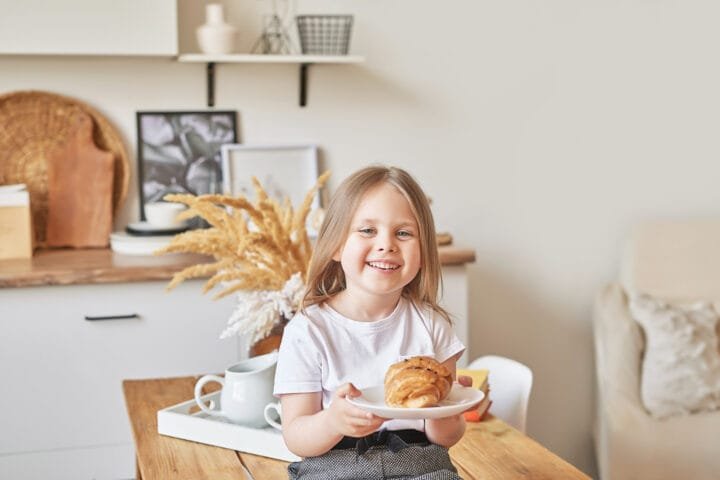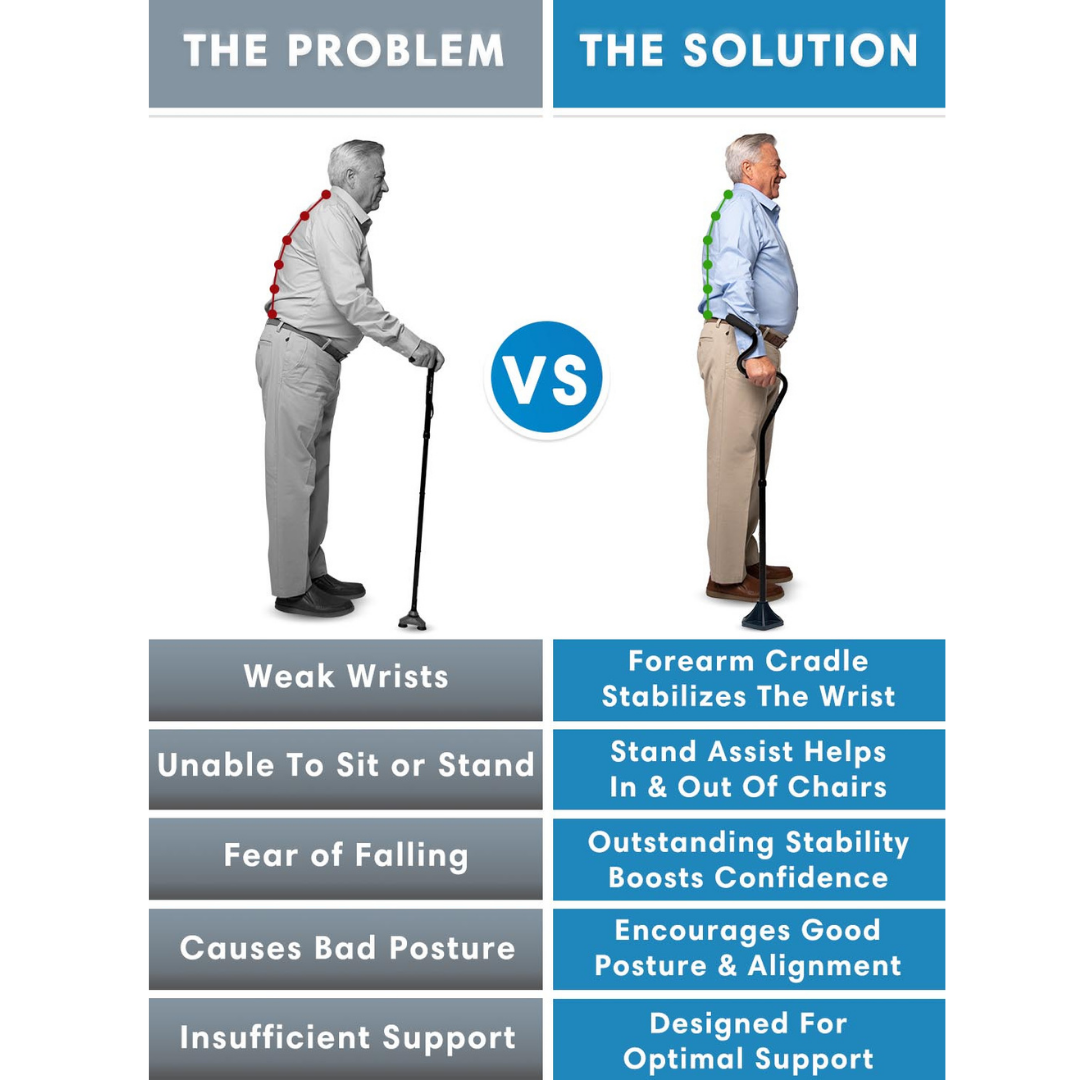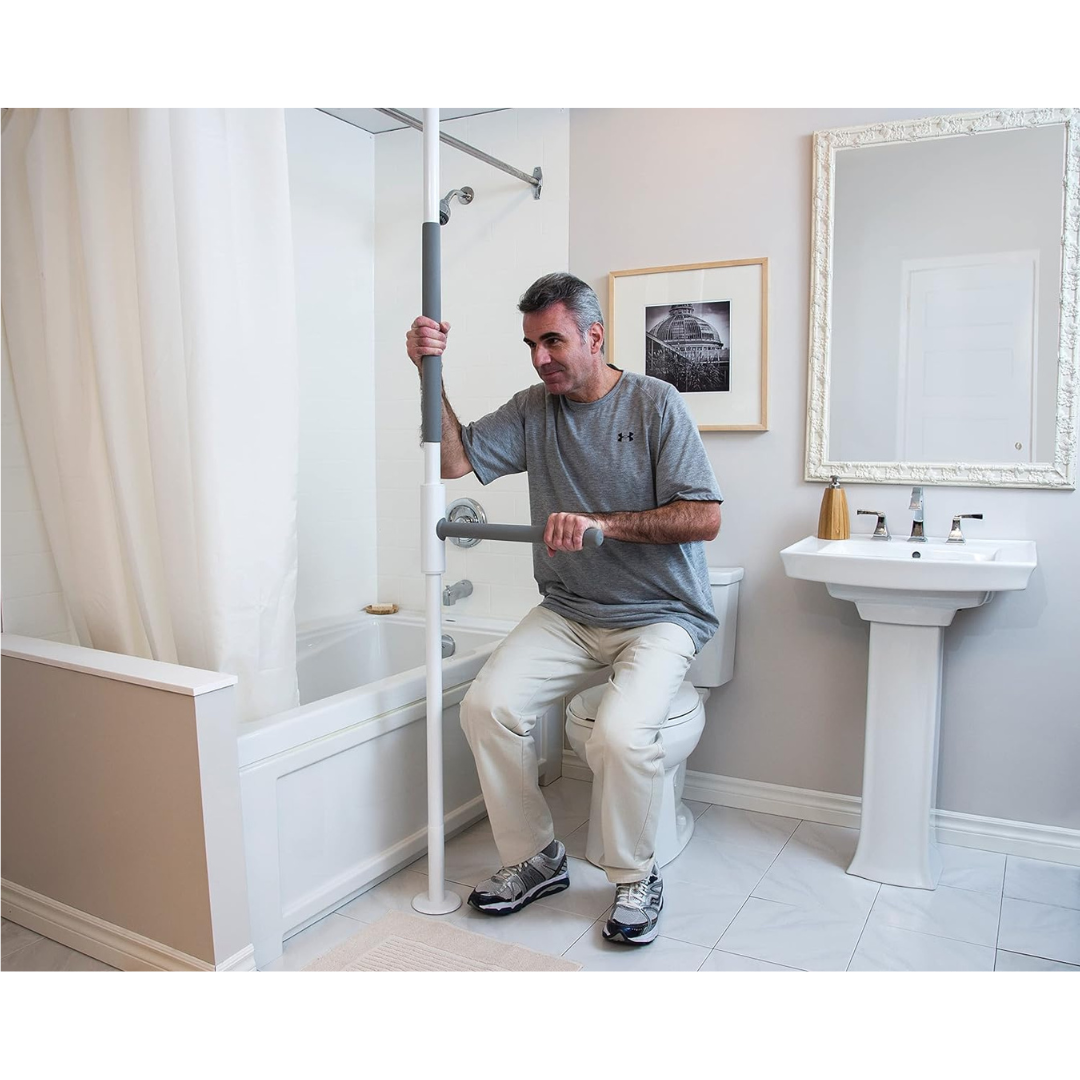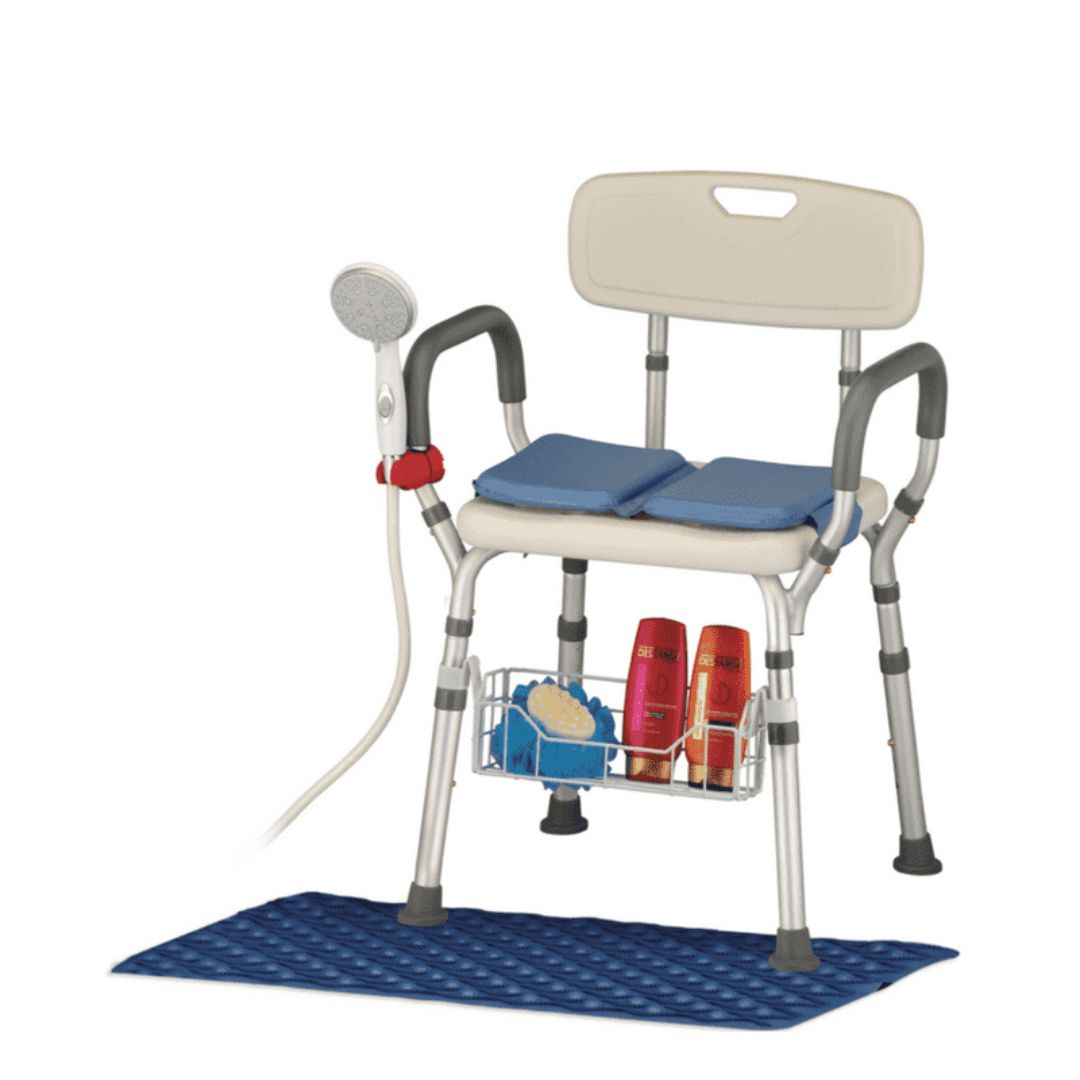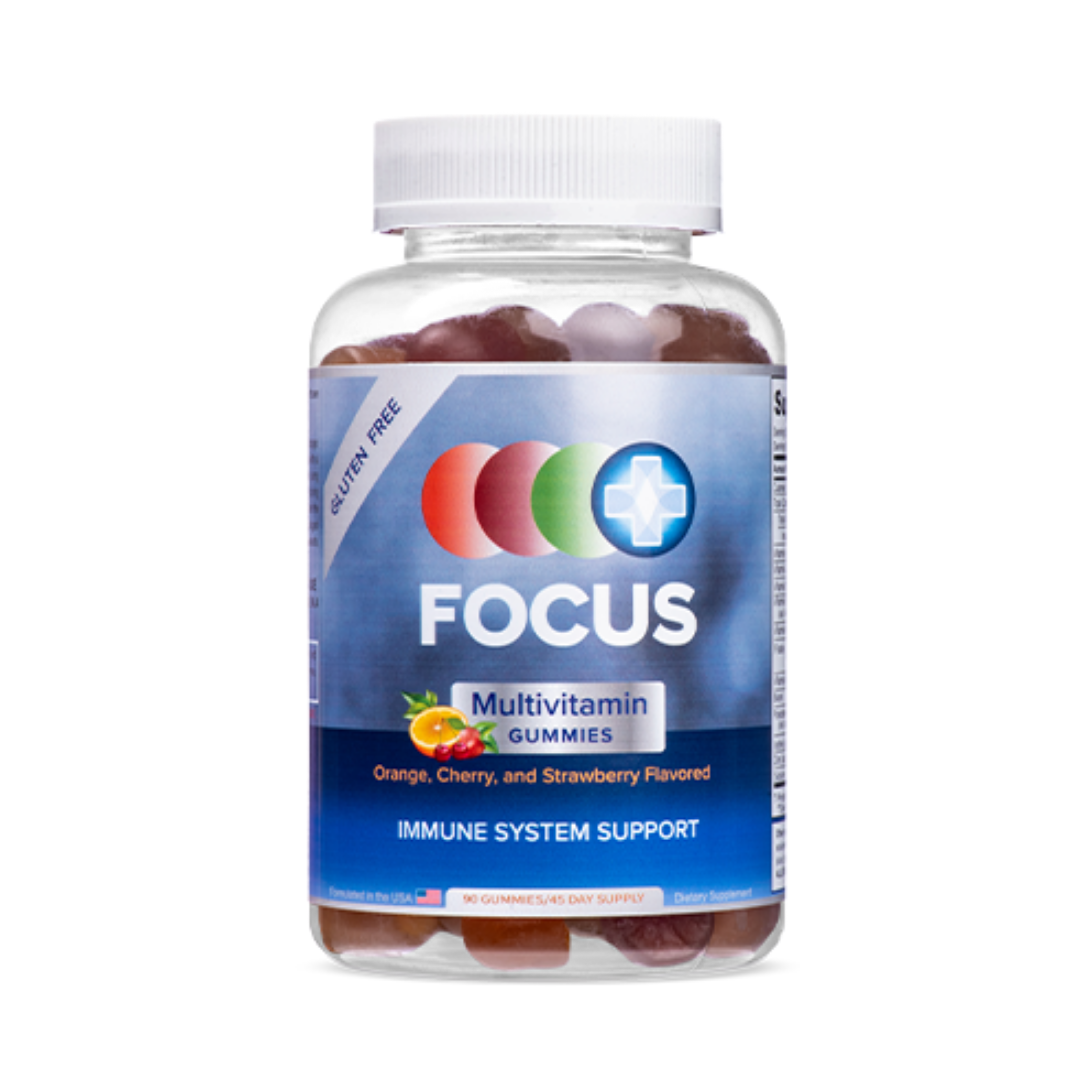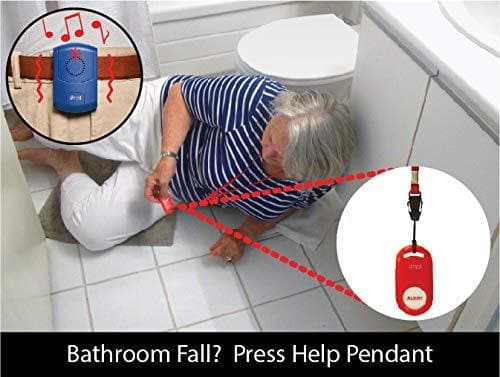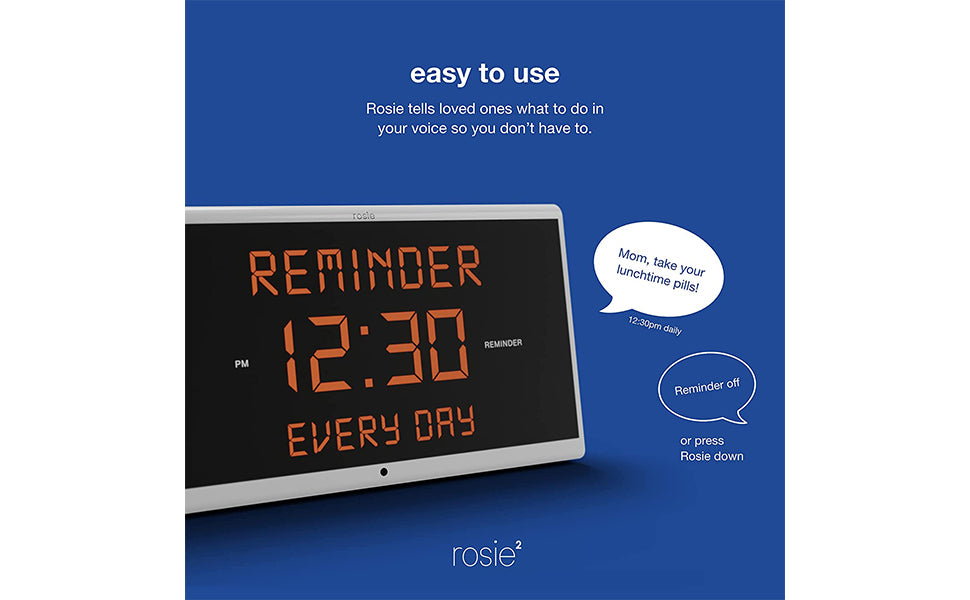Living Well, Longer: A Practical Guide to Daily Living Aids for Seniors
Is it me, or do our parents seem to have aged overnight? One minute, they chase us around the playground; the next, they struggle to open a jar of pickles. Although aging is a natural part of life, we still find it difficult to see our loved ones lose some of their independence as they grow older. This guide contains all daily living aids available to seniors. It helps them keep their autonomy and enhances their quality of life. Whether you’re a senior dealing with these changes yourself or a caregiver looking for the right ways to support your aging parents, we’ll empower you to make informed choices and regain control.
Making Moving Easier and More Confident: Mobility and Accessibility
Remember when Dad sprints across the soccer field? As we age, our mobility changes. However, decreased mobility shouldn’t translate into reduced quality of life. The right mobility aids can make all the difference, providing safety and confidence at every step.
Finding the Perfect Fit
Mobility aids are tailored support systems, each designed with specific strengths. Canes offer stability for individuals with mild balance issues, while walkers provide enhanced support and mobility with built-in wheels. Wheelchairs grant individuals with significant mobility limitations the freedom to navigate indoors and outdoors, and rollators with integrated seats and baskets are the perfect solution for those needing frequent breaks.
Choosing the Right Aid
When selecting a mobility aid, finding one that fits you just right, like finding the perfect pair of shoes, is essential. Consider your weight, height, and the type of terrain you’ll be using it on. You may choose between a lightweight cane or a sturdy walker for daily use. Ergonomic grips and wider bases can be essential for individuals with arthritis or balance issues.
Safe and Effective Use
After finding the right mobility aid, it’s crucial to use it correctly. Maintain proper posture, engage your core, and use your arms to support yourself rather than pulling yourself forward. Practice maneuvering around obstacles and navigating different surfaces. Always engage the brakes on your walker or rollator when it’s stationary.
Safe Home Environment
Seniors often encounter tripping hazards in their homes, such as a simple rug or a poorly lit hallway. However, simple modifications can transform any home into a safe and accessible place.
Home Safety Assessment
Consider walking through your home from the perspective of someone with mobility limitations. Are there any loose rugs that could cause someone to fall? Do the hallways and stairwells have adequate lighting? Will a wheelchair or walker fit through the doorways?
Essential Home Modifications
Making simple adjustments may not always be sufficient. Ramps can offer seamless transitions between different levels, eliminating the challenge of stairs. Grab bars provide essential support in bathrooms and other areas prone to falls. A stair lift can restore access to the entire home for individuals who find stairs particularly challenging.
Adapting Specific Rooms
Each room presents its own set of challenges. In the bathroom, non-slip mats, grab bars, and shower seats can help prevent falls and make bathing more convenient. Cooking and meal preparation can be made easier with adjustable countertops and accessible appliances in the kitchen. An adjustable bed and bedside commode can make life easier in the bedroom.
Personal Care and Hygiene: Maintaining Dignity and Independence
As people age, simple personal care tasks can become more challenging. However, personal hygiene is not just about physical health; it’s also about maintaining dignity and self-respect. Assistive devices can support seniors in these private areas, allowing them to stay independent while feeling respected and helping caregivers to be empathetic.
Bathroom Confidence
The bathroom can be one of the most hazardous rooms in a house, especially for seniors. CDC statistics indicate that over one in four Americans over 65 falls yearly, most in the bathroom. However, a significant risk reduction can be achieved with precautions and assistive devices.
Fall Prevention
Shower chairs allow seniors to bathe comfortably while seated, reducing falling risk. Grab bars allow seniors to enter and exit the shower or use the toilet quickly. Non-slip mats give them secure footing on wet surfaces.
Toilet Aids and Accessories
Raising toilet seats can help those who struggle to sit or stand up from the toilet. Commodes offer a portable and convenient option for those with limited mobility. And bidets provide a gentle and hygienic alternative to traditional toilet paper.
Adaptive Bathing Aids
It is essential to bathe in a relaxing environment, not a source of anxiety. Seniors can quickly enter and exit the tub with bath lifts, eliminating strenuous lifting. Shower benches make showering safe and comfortable. Those hard-to-reach areas can be easily reached with sponges and brushes with long handles.
Effortless Grooming and Dressing
We all remember when Mom spent hours getting ready. It gets harder to button a shirt or comb our hair as we age. With adaptive clothing and grooming aids, seniors can maintain their appearance and confidence.
Adaptive Clothing
In today’s world, adaptive clothing is designed with ease of use in mind. Think of shirts with magnetic closures rather than buttons, pants with elastic waistbands, and shoes with Velcro straps. These subtle adaptations can have a significant impact on an older adult’s ability to dress on their own.
Tools for Independent Grooming
Combs and brushes with long handles can assist seniors with limited reach to maintain their hair care routine. Dressing sticks can help seniors put on and take off their clothing. And button hooks can help seniors with dexterity challenges by allowing them to button their clothing easily.
Caregiver Assistance
Assisting a loved one with personal care can be challenging but rewarding for caregivers. Patience, respect, and open communication are key. It’s imperative to ask for senior preferences and involve them as much as possible. This can help them maintain independence and dignity.
Health and Wellness: Promoting Physical Well-being
Health and wellness are essential no matter what age we are. Maintaining a balanced diet and managing chronic conditions are ways seniors stay healthy.
Nourishing Body
The importance of a balanced diet is well known, but our nutritional needs change as we age. Seniors may require more calcium and vitamin D for healthy bones and more protein for muscle maintenance.
Senior Nutrition
Encourage your loved ones to eat fruits, vegetables, whole grains, and lean proteins as much as possible. If you find it challenging to prepare meals, consider meal delivery services or pre-made convenient and nutritious meals.
Eating Challenges and Solutions
Seniors often suffer from loss of appetite, swallowing problems, and chewing difficulties. A registered dietitian or doctor can help if your loved one has difficulty eating. They can recommend meal replacements, texture modifications, and assistive eating utensils.
Supplements
In addition to a healthy diet, supplements can fill nutritional gaps. Discuss whether calcium, vitamin D, or protein supplements are appropriate for your loved one with your doctor.
Monitoring and Medical Management: Taking Charge of Health
Technology has revolutionized our ability to manage our health, and seniors can significantly benefit from these innovations.
Home Medical Equipment
Home medical equipment such as a blood pressure monitor, glucose meter, and pulse oximeter can help seniors monitor their health conditions. These devices are usually user-friendly and provide valuable information to healthcare providers.
Technology for Health
Seniors can connect with doctors remotely through telemedicine, reducing frequent office visits. Health tracking apps can help manage medications, track symptoms, and monitor activity levels. In addition, smartwatches can provide valuable data on heart rate, sleep patterns, and overall activity.
Emergency Preparedness
The personal emergency response system (PERS) provides seniors living alone with peace of mind by allowing them to connect with emergency services in case of a fall or other medical emergency.
Making Everyday Tasks Easier: Simplify Your Day
As we age, it becomes more challenging to manage our daily tasks. But we can reclaim independence by using the right tools and strategies.
Assistive Gadgets and Organization
Seniors can struggle to stay organized, but medications, appointments, and daily chores must be managed.
Memory Aids
Many devices help seniors keep track of their medication schedules, such as pill organizers, medication dispensers, calendar clocks, reminder apps, and voice-activated assistants.
Adaptive Tools
Seniors with limited dexterity or grip strength can benefit from gadgets like reachers, jar openers, and critical turners. Utensils with built-in handles or weighted designs can make mealtimes more accessible for those with tremors or weakness.
Smart Home Technology
Using voice-activated assistants like Alexa or Google Home, seniors can automate everyday tasks like switching lights, adjusting the thermostat, or playing music. They can even communicate with their loved ones via phone calls or messages.
Comfort and Convenience at Home: Creating a Relaxing Oasis
Simple adjustments can make a big difference in our homes’ comfort and relaxation as we age.
Ergonomic Furniture
It is essential to choose comfortable and accessible furniture for seniors. Look for chairs with firm cushions, supportive armrests, and an appropriate seat height. Beds should provide adequate support for a good night’s sleep, and sofas should be easy to get in and out of.
Furniture Adaptations
A slight modification can make a big difference. Added risers to furniture legs can make standing up easier. Adjustable beds can help people with back pain or circulation problems.
Climate Control
Keeping the room at a comfortable temperature is critical to seniors’ comfort. A programmable thermostat can be installed in the living room to regulate the temperature throughout the day. Heated blankets and fans can also provide comfort throughout the year.
Stay Connected: Nurturing Social and Emotional Well-being
Social connections and emotional well-being are vital for a fulfilling life at any age. However, as people grow older, maintaining these connections can become more challenging. Retirement, health issues, and the loss of loved ones can lead to loneliness and social isolation.
Embracing Social Interaction
Social isolation and loneliness in seniors can increase the risk of physical and mental health problems. This hidden epidemic can be addressed by promoting social interaction and engagement.
Communication Aids
Hearing aids, amplified phones, captioning devices, and magnifiers can improve communication for seniors with hearing or vision impairments. Large-print books and magnifiers can enhance reading and other activities for those with vision impairments.
Technology for Connection
Despite physical distance, technology can be a powerful tool for social connection. Video calls, social media platforms, and email can help seniors stay in touch with family and friends. Senior centres and community programs provide opportunities for activities and social connections.
Community Resources
Community programs may offer seniors transportation, meal assistance, or home visits, helping them stay connected and engaged. Senior centres provide a variety of activities, including exercise classes, games, educational programming, and social events.
Mental Wellness Matters: Nurturing the Mind and Spirit
Physical and psychological health are equally important, and seniors are not immune to depression, anxiety, and cognitive decline.
Cognitive Stimulation
Lifelong learning opportunities, such as classes and book clubs, can keep the mind active and stimulated. Puzzles, games, and brain training apps can provide mental challenges.
Emotional Support
If you notice depression or anxiety in a loved one, encourage them to seek professional help. Support groups, counselling, and online forums can offer guidance and support.
Supportive Environment
Encourage your loved one to pursue hobbies, participate in social activities, and maintain a sense of purpose by creating a supportive and stimulating home environment.
Confidence in the Golden Years
This guide provides a comprehensive overview of daily living aids for seniors. Understanding the available options and resources can help seniors live their golden years with dignity, independence, and confidence. We can navigate this journey gracefully and resiliently with proper support and a positive outlook. Getting older is not a destination but a journey.
FAQs
Some of the most commonly used daily living aids for seniors include mobility aids (canes, walkers, rollators), bathroom safety aids (grab bars, shower chairs, non-slip mats), adaptive clothing, medication organizers, and communication aids (hearing aids, amplified phones). The specific aids needed will vary depending on the individual’s needs and limitations.
Consider your parent’s specific challenges and limitations. Are they having trouble with mobility, personal care, medication management, or staying connected socially? Talk to their doctor or a physical therapist for personalized recommendations. You can also explore online resources and product reviews to learn about different options.
The cost of daily living aids varies widely depending on the type of aid, features, and brand. Some basic aids, like canes or grab bars, can be relatively inexpensive, while more complex aids, like stairlifts or power wheelchairs, can be costly. Explore options for financial assistance or insurance coverage to help manage costs.
Focus on the benefits of the aids and how they can improve their quality of life. Involve them in the selection process and allow them to choose aids they feel comfortable with. Start with simple aids and gradually introduce more complex ones as needed. Be patient and understanding, and offer support and encouragement along the way.
Daily living aids can be purchased from various sources, including medical supply stores, pharmacies, online retailers, and specialty stores for seniors. Compare prices and features before purchasing, and read product reviews to ensure you’re choosing high-quality aids.
Related Posts





